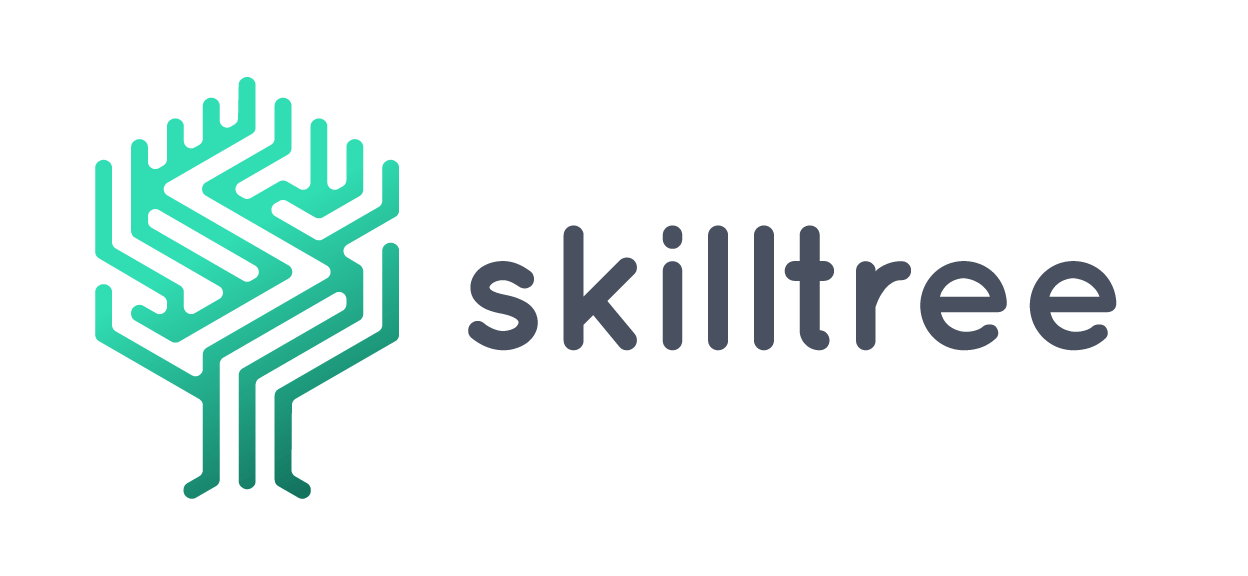Skill management is a sub-area of human resource development. Many human resource development tasks cannot be realised without skills management. This article describes the role of skills management in human resource development.
Human resource development definition and goal
As part of human resources management, human resources development (HRD) describes all measures that deal with the promotion, recording and further training of employees. The aim of personnel development is to build up employees who can realise the company’s goals in the best possible way.
The promotion of professional as well as personal development of employees in PE often has the intention of retaining key employees or core competence carriers in the company in the long term.
Other examples of human resource development goals can be:
- Development of professional and personal qualifications:
- Securing managers as well as skilled workers
- Training of junior managers
- Transfer of new or extended tasks
- Use of untapped potential
- Improving career and career development opportunities
- Improving employee satisfaction
- Securing competitiveness
- (…)
In order to be able to implement those human resource development goals efficiently, it is necessary to gain knowledge about employee competencies. Therefore, successful PE usually always requires meaningful skills management.
Skill management is a prerequisite for…
Comprehensive HR development consists of different HR disciplines.
The following are examples of HR disciplines in PE that require skills management for implementation.
1. Skill gap analysis
A skill gap analysis also called a target/actual comparison, compare the qualification requirements of employees with their current qualifications. Such competence comparisons are necessary, among other things, in the further training of employees. Read more here.
2. Succession planning
Succession planning pursues the goal of filling key positions in the company or ensuring that they are always filled. Ideally, suitable successors are trained internally or, if no other option is possible, recruited outside the company.
3. Career planning
Career planning describes the definition of job profiles and career paths for an organisation.
4. Talent Management
Talent management describes strategies, measures and methods that guarantee the securing of key positions or general qualifications of employees.
5. Continuing education planning
Continuing education planning pursues the goal of obtaining continuing education and training in line with the corporate strategy and developing corresponding continuing education concepts. Read more here.
